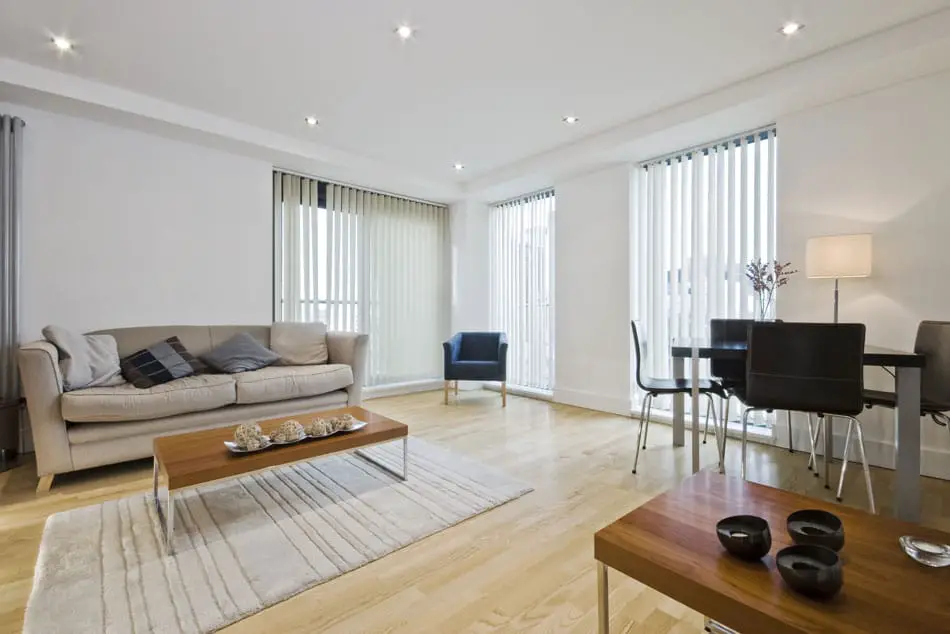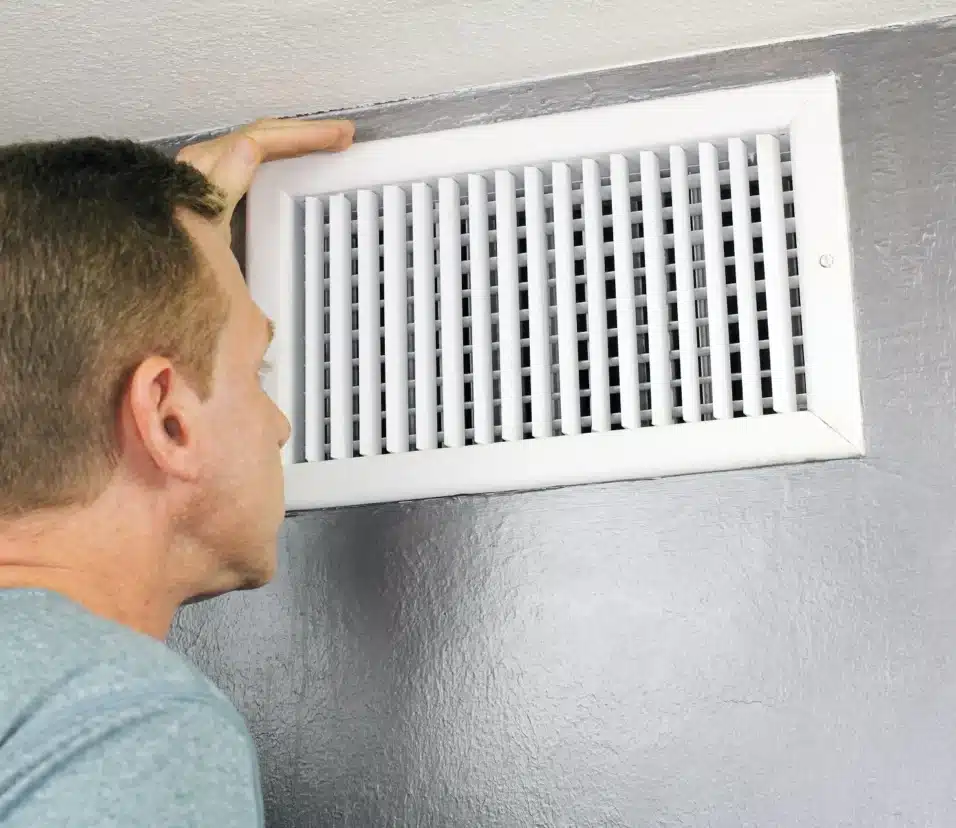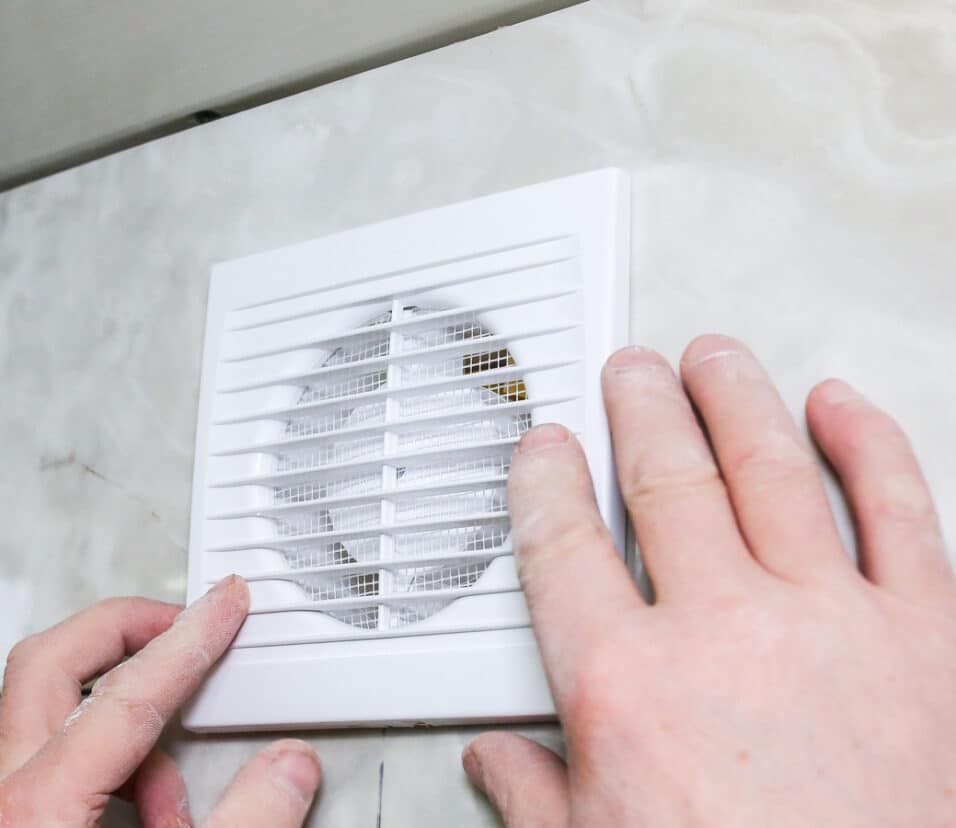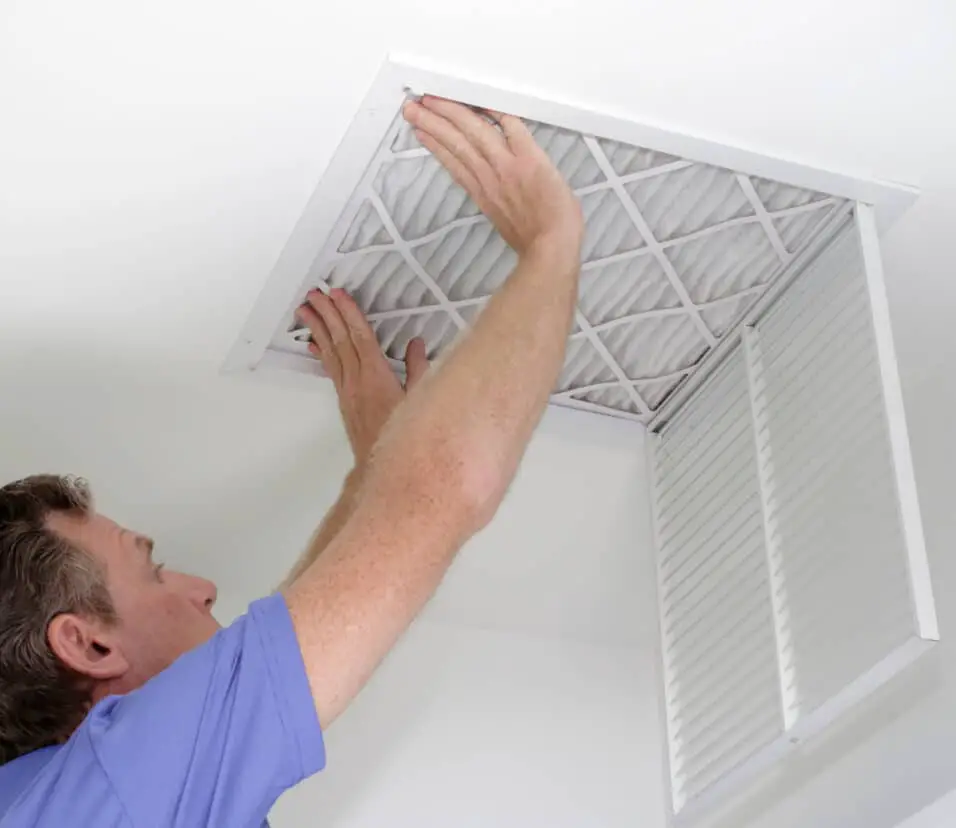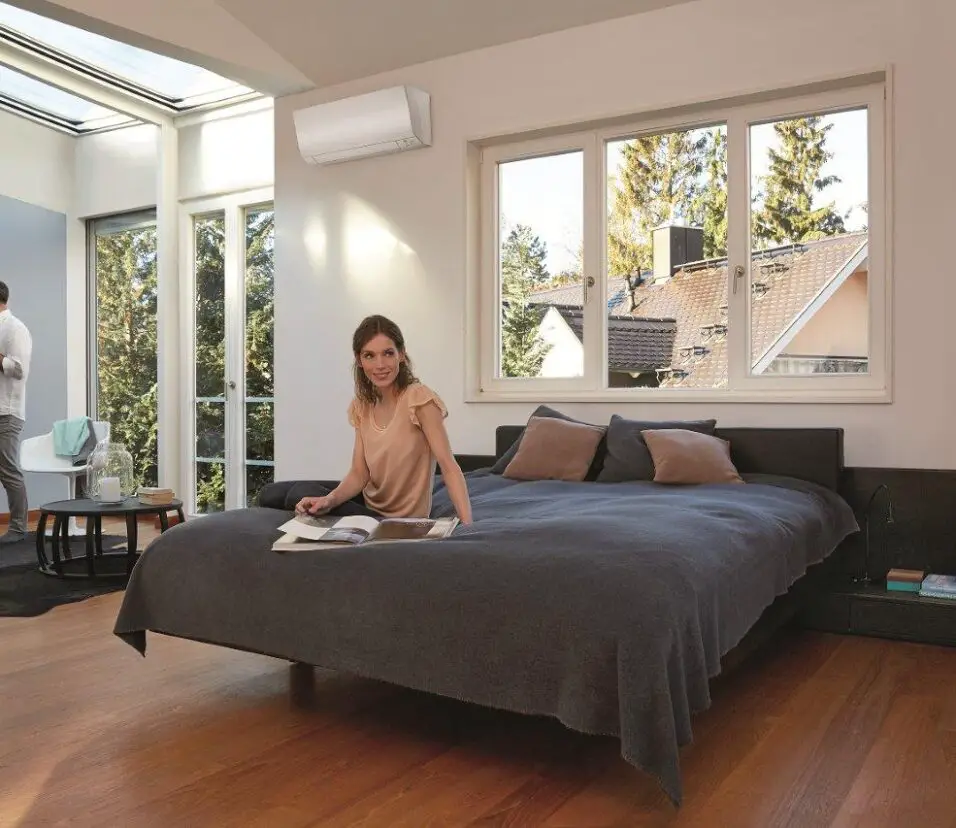How Long Does It Take To Ventilate A Room
Introduction
How Long Does It Take To Ventilate A Room: In the realm of indoor air quality, proper ventilation stands as a crucial factor for maintaining a healthy and comfortable environment. The process of ventilating house room involves the exchange of indoor air with fresh outdoor air, effectively removing pollutants, odors, and excess humidity. This not only enhances occupant well-being but also prevents the buildup of potentially harmful contaminants.
The duration required to fully ventilate a room can vary significantly based on a myriad of factors. A larger room may demand a lengthier period to achieve optimal ventilation, while a smaller space might require less time.
Ventilation rates, often measured in air changes per hour (ACH), dictate how frequently the entire room volume is exchanged with fresh air. For instance, a ventilation rate of 3 ACH signifies that the room’s air is entirely replaced with new air every 20 minutes. However, achieving a complete air exchange doesn’t necessarily equate to complete purification, as some pollutants might persist.
In summary, the time required to ventilate a room comprehensively is a multifaceted consideration influenced by room size, ventilation rate, and prevailing indoor and outdoor conditions. Understanding these variables is crucial for creating and maintaining an indoor environment that promotes both well-being and comfort.
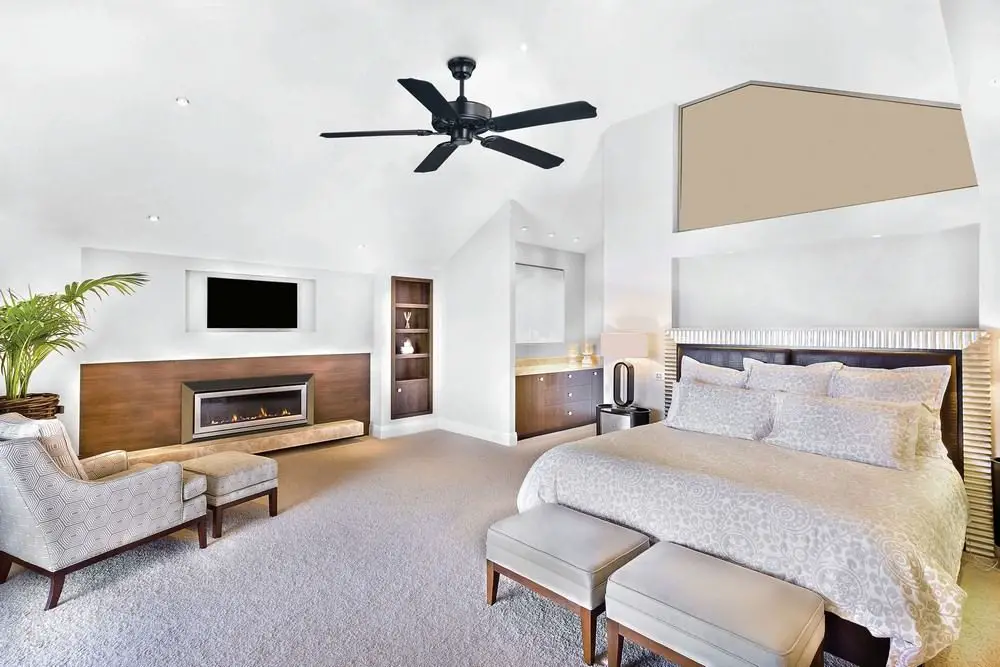
How do you ventilate a room quickly?
Place a fan as close as possible to an open window blowing outside. This helps get rid of virus particles in your home by blowing air outside. Even without an open window, fans can improve air flow. Point fans away from people.
Several methods can speed up room ventilation and improve indoor air quality. First, opening multiple windows on opposite sides of the room facilitates cross-ventilation, allowing fresh air to enter and quickly expel stale indoor air. Fans installed near windows or doors can also speed up airflow.
Exhaust fans in bathrooms and kitchens can efficiently remove humid air. To speed up ventilation, open windows and turn on these fans to let fresh air in and wet air out. Mechanical ventilation devices like air purifiers with high Clean Air Delivery Rates (CADR) or HVAC systems with high-speed fans are another alternative.
Reducing indoor pollutant sources like candles and cooking can also speed up ventilation by reducing air pollution. Combining these methods can speed up room ventilation, improving occupants’ comfort and well-being.
How long can you breathe in a room without ventilation?
A person may survive for 60 days in a 25-square-meter room without ventilation. Normal bodily functions require roughly 22 moles of oxygen (O2) per day for a 70-kg person.
Room size, air quality, and occupancy determine how long one can safely breathe in a room without ventilation. In a sealed area, oxygen levels can quickly decline, causing discomfort and possibly health problems.
Indoor air is mostly nitrogen and oxygen. While ambient air has 21% oxygen, prolonged breathing without fresh air might lower it. Hypoxia causes shortness of breath, disorientation, and confusion when oxygen levels drop below 19.5%.
Without sufficient ventilation, interior contaminants including carbon dioxide, VOCs, and particulate matter can collect, lowering air quality and health. Room size and person count affect how long these impacts take to appear.
The length one may comfortably breathe in a room without adequate ventilation is limited, hence air exchange is essential to maintain oxygen levels and reduce indoor pollutants. Maintaining indoor air quality and occupant health requires opening windows, employing mechanical ventilation systems, and fostering air circulation.
How much ventilation does a room need?
The amount of ventilation a room requires is determined by its size, occupancy, and intended use. Adequate ventilation aims to maintain indoor air quality by removing pollutants, replenishing oxygen, and controlling humidity levels. A common measure is air changes per hour (ACH), indicating how many times the room’s entire air volume is exchanged in an hour.
However, factors like outdoor air quality, local regulations, and the presence of pollutants influence these guidelines. Spaces with potential pollutant sources, like laboratories or workshops, may require more robust ventilation strategies. Mechanical ventilation systems, natural airflow through windows, and air purifiers can all contribute to meeting ventilation needs.
Ultimately, striking the right balance between maintaining indoor air quality and energy efficiency is essential. Regular assessment of the space, monitoring of air quality, and adherence to local guidelines can help ensure that the ventilation provided is sufficient for the health and comfort of occupants.
What happens if room is not ventilated?
Poor ventilation will result in an eventual build up of carbon dioxide and little oxygen, which means you could suffer from shortness of breath, headaches and fatigue.
If a room is not properly ventilated, a cascade of negative consequences can occur, impacting both the health of occupants and the overall indoor environment. Without adequate airflow, indoor air quality deteriorates as pollutants and contaminants accumulate. Carbon dioxide levels rise due to human exhalation, leading to feelings of stuffiness, drowsiness, and decreased cognitive function.
Moisture levels escalate in poorly ventilated spaces, promoting mold and mildew growth. Elevated humidity not only damages building materials but also triggers respiratory issues, allergies, and asthma.
Over time, inadequate ventilation fosters the accumulation of particulate matter, allergens, and even potentially harmful gases like radon. This hazardous mix can lead to respiratory illnesses, exacerbate existing conditions, and decrease overall well-being. Additionally, poor ventilation increases the risk of illness transmission in enclosed spaces, making it particularly concerning during outbreaks or pandemics.
Ultimately, the absence of proper ventilation compromises occupants’ comfort, health, and safety. To mitigate these risks, consistent efforts should be made to ensure that spaces are adequately ventilated through methods such as natural airflow, mechanical ventilation systems, and regular maintenance of ventilation equipment.
What factors influence the time required to ventilate a room effectively?
Outdoor air conditions also impact ventilation time. Wind speed and direction can affect the natural airflow through windows and openings, either facilitating or hindering the entry of fresh air. Additionally, temperature differentials between indoor and outdoor environments can influence the rate of air movement.
The initial indoor air quality is a determining factor as well. Conversely, rooms with lower initial pollutant levels will require less time for effective ventilation.
In summary, the time it takes to ventilate a room effectively hinges on factors like room size, ventilation rates, outdoor air conditions, initial indoor air quality, and the chosen ventilation methods. Considering these factors holistically is essential for achieving optimal indoor air quality and occupant comfort.
Can you explain the concept of air changes per hour (ACH) and its role in determining ventilation time?
Air Changes Per Hour (ACH) is an important statistic for measuring room air exchange. It shows how many times a room’s air is replenished with fresh outdoor air in an hour. A higher ACH number indicates more air exchange, improving indoor air quality.
ACH is essential for ventilation assessment. It affects the time needed to attain a target air quality and reduces pollutants, smells, and other contaminants. A 3 ACH room would theoretically have its whole air volume replenished with fresh air every 20 minutes, speeding purification and reducing indoor contaminants.
The ventilation method, number and size of exterior air entry apertures, and fan speed in mechanical systems affect ACH. Healthcare environments, laboratories, and spaces with high indoor pollution levels benefit from ACH for meeting air quality targets quickly.
ACH has a major impact on ventilation time because it affects how quickly indoor air is refreshed, improving indoor air quality and comfort.
Are there technological advancements or systems that help accelerate the room ventilation process?
Modern technology has improved and accelerated room ventilation. Smart ventilation systems with sensors and automation are an innovation. These systems measure CO2, humidity, and particle matter in indoor air. They modify ventilation rates and processes in real time to supply fresh outdoor air when and when needed, optimizing efficiency and air quality.
Mechanical ventilation systems like ERVs and HRVs exchange indoor and outdoor air while minimizing energy loss. These systems transmit heat or coolness from exhaust air to incoming air, making ventilation energy-efficient and effective.
These revolutionary solutions allow users to ventilate rooms faster and more efficiently, improving indoor air quality and creating a better living or working environment.
What considerations should be made to balance rapid ventilation with maintaining indoor air quality during the process?
Maintaining interior air quality while allowing rapid ventilation is essential for occupant health. Several factors must be considered to reach balance. To avoid pollution, check the external air source first. To avoid worsening indoor air quality, ventilation rates may need to be altered during heavy pollen seasons or near industrial locations.
Second, choose air changes per hour (ACH) carefully. Higher ACH values speed air exchange, but too much ventilation may not eliminate pollutants. Balancing quick air replacement and pollutant removal is crucial.
Air filtration systems can also speed up pollutant removal during ventilation. High-efficiency filters, activated carbon filters, and UV-C germicidal lamps can improve air quality during rapid ventilation.
A balanced approach that includes outdoor air quality, ACH rates, and further air purification can achieve quick ventilation and a healthy indoor environment. Monitoring and modifications based on real-time air quality data help maintain this delicate balance.
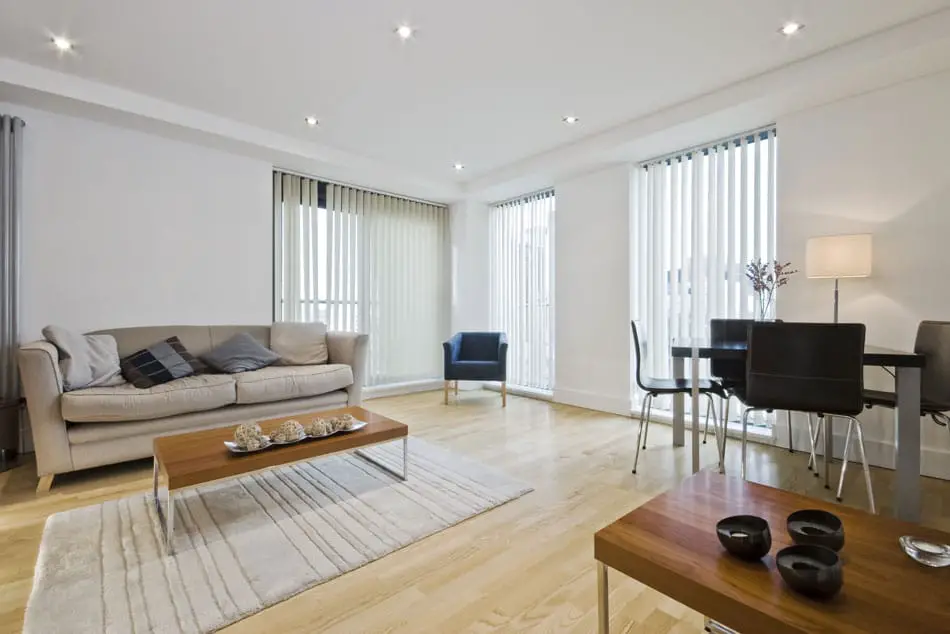
Conclusion
The duration it takes to effectively ventilate a room depends on a range of interconnected factors. From room size and ventilation room rates to outdoor air quality and initial indoor conditions, each element contributes to the overall time required for optimal air exchange. Striking a balance between promoting indoor air quality and conserving energy is essential.
Efficient ventilation is not just about achieving a set number of air changes per hour; it’s also about ensuring that the air being brought in from outside is of good quality and free from contaminants. While a complete air exchange might take a certain amount of time, the goal should be to create a consistently healthy and comfortable indoor environment.
In the end, recognizing the intricate interplay between various factors and employing a well-informed approach to ventilation will lead to a better understanding of how to create spaces that are both refreshing and safe for occupants.



